There are many surgical steps in undergoing a nose job or rhinoplasty in my practice in Charlotte, North Carolina. As a rhinoplasty expert, I know there are never two rhinoplasty surgeries that are alike. For that reason alone, the surgical steps always vary from case to case. In this blog, I am going to talk about the general steps I take during an open rhinoplasty procedure. Open rhinoplasty is the most common approach I use during a nose job in Charlotte.
Step 1 of a Rhinoplasty – Consultation
 The first surgical step of a rhinoplasty starts at the initial consultation and continues during the pre-operative appointment. During the initial consultation, I will meet with the patient and discuss the patients concerns and goals. I will explain the procedure and outcomes. I will do imaging morphing, where I take photos of the patient and put them on a computer screen to show an idea of the ideal result. This is the best way for the patient to see their goal result.
The first surgical step of a rhinoplasty starts at the initial consultation and continues during the pre-operative appointment. During the initial consultation, I will meet with the patient and discuss the patients concerns and goals. I will explain the procedure and outcomes. I will do imaging morphing, where I take photos of the patient and put them on a computer screen to show an idea of the ideal result. This is the best way for the patient to see their goal result.
A thorough evaluation of the anatomy of the nose combined with the agreed upon surgical goals allow me to create an operative plan. In my opinion, the single most important step during a rhinoplasty is thorough preparation. During the preparation, I visualize the steps I will take during the procedure and write an outline of my planned surgical steps. I frequently will adapt my plan during surgery, but this plan allows for a structured and controlled approach to the surgery.
Step 2 of a Rhinoplasty – The Pre-Operative Appointment
Once surgery is booked, my patient care coordinator will schedule a pre-operative appointment with the patient. This appointment will be about two weeks before the surgery date. During this appointment, the patient will come into the office and meet with my patient care coordinator and myself. I will go over the procedure in detail again with the patient so we both have a clear understanding of our goals. The patient will then meet with the patient care coordinator to sign all paperwork, get medication instructions, surgery pre and post op instructions, and answer any questions that the patient might have.
Step 3 of a Rhinoplasty – The Pre-Operation Area
During the morning of the operation, I see the patient in the pre-operation room. In that area, I have patients ice their nose. Icing the nose before surgery causes two very beneficial purposes:
- Ice causes vasoconstriction of the blood vessels. This vasoconstriction of the blood vessels temporarily decreases blood flow to the nose. This will limit blood loss during the surgery and decrease bruising.
- Icing the nose will help prevent swelling in the nose.
Step 4 of a Rhinoplasty – The Operating Room
Once in the operating room, the anesthesiologist places the patient to sleep. The breathing tube is then secured to the middle of the lower lip with medical tape. A “time out” is performed so all medical personal in the operating room know the exact procedure that is be performed. Each person acknowledges that they are in agreement with the surgery.
Step 5 of a Rhinoplasty – Numbing the Nose
The nose is injected with medication, 1% lidocaine with epinephrine, to numb it and cause vasoconstriction. Again, the vasoconstriction temporally decreases the blood flow to the nose to prevent bruising and decrease blood loss during surgery. I inject the major nerves that supply sensation to the nose. These nerves are located above the eyebrows and in the cheeks.
Step 6 of a Rhinoplasty – Cleaning and Sterilization of the Nose and Face
The face and nose is then cleaned and scrubbed with diluted betadine to sterilize the nose and face. Sterilized sheets are placed over the body and around the head.
Step 7 of a Rhinoplasty – Harvesting the Building Material
As a facial plastic surgeon, I commonly use material from other areas of the body during a nose job. These include:
- Septum Cartilage
- Ear Cartilage
- Rib Cartilage
- Temporalis Fascia
If these tissues will be required, they will be harvested first. These are harvested first because I do not like taking instruments that are used in the nose to other areas of the body. The other areas of the body are more sterile than the nose. I believe this method will decrease the chance of an infection.
Step 8 of a Rhinoplasty – Opening the Nose
The skin, fat, and muscle of the nose are elevated off of the bone and cartilage foundation. This is done by making a small incision across the skin between the nostrils on the undersurface of the nose. The other incisions are carried inside of the nose. This provides access to the nose.
Step 9 of a Rhinoplasty – Manipulation of the Bony and Cartilaginous Framework
In order to open the airway to improve breathing and/or improve the appearance of the nose, the underlying framework is manipulated. There are infinite possibilities of this possible step. Some common procedures are:
- Removal of excess cartilage and bone
- Addition of cartilage to the nose to strengthen or straighten
- Shaping of the nasal cartilages improve definition
- Narrow or widen the nose
- Thinking of the nasal skin with temporalis fascia
- Thinning of the nasal skin
- Narrowing the nostrils
- Opening the airway
Step 10 of a Rhinoplasty – Closing the Incisions
All incisions on or around the nose are meticulously closed to create scars that are barely noticeable.
Step 11 of a Rhinoplasty – Nasal Splints and Dressing
After completion of the surgery, a nasal splint or cast is placed on the outside of the nose. It will hold the cartilage and bone in place during the early healing phase. The splint also provides pressure to prevent swelling.
I hope my readers found this blog helpful and learned more about the surgical steps of a rhinoplasty. If you are interested in rhinoplasty in North Carolina, please call my office in the Southpark area of Charlotte at (704) 842-3644 or fill out the contact form on this website.

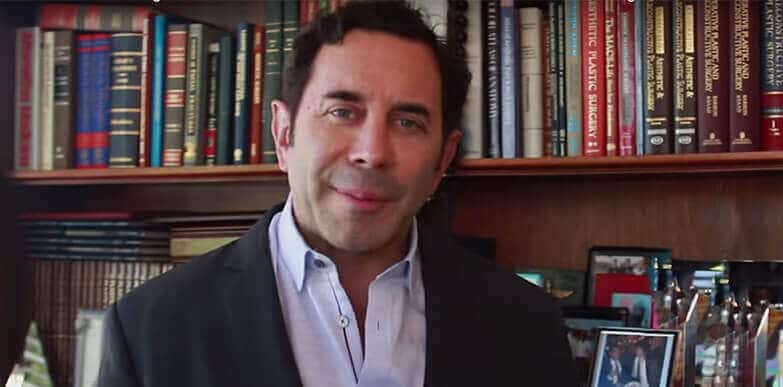
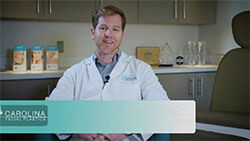
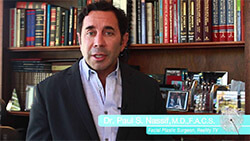
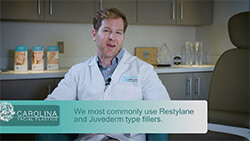
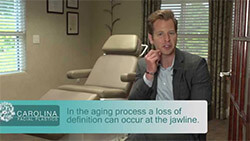
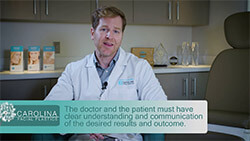










 Request An Appointment
Request An Appointment Or Call (704) 842-3644
Or Call (704) 842-3644